|
|
ADDRESS AT THE ANNUAL CONVOCATION OF THE PANJAB UNIVERSITY, CHANDIGARH
07-03-2007 : Chandigarh
National Prosperity Index and Societal peace
"National development through integrative growth"
I am delighted to participate in the Annual Convocation of the Panjab University, which has been serving the educational needs of the country for over 12 decades. My greetings to Vice Chancellor, Principals of Colleges, Heads of Departments, faculty members, students, parents and distinguished guests on this post independence platinum jubilee year. My congratulations to all the graduating students for their academic accomplishment. I am happy that the University aims to provide a complete, meaningful and relevant education to the people of Punjab and neighbouring States so that they are intellectually well trained, morally upright, socially aware and spiritually inspired. I greet all the pioneers who have contributed in establishing and growing this University. This University has produced many distinguished personalities who are contributing in different disciplines in India and abroad. Since the university is a multi-disciplinary educational center, I thought of sharing with you certain thoughts on the subject "National Prosperity Index and societal peace".
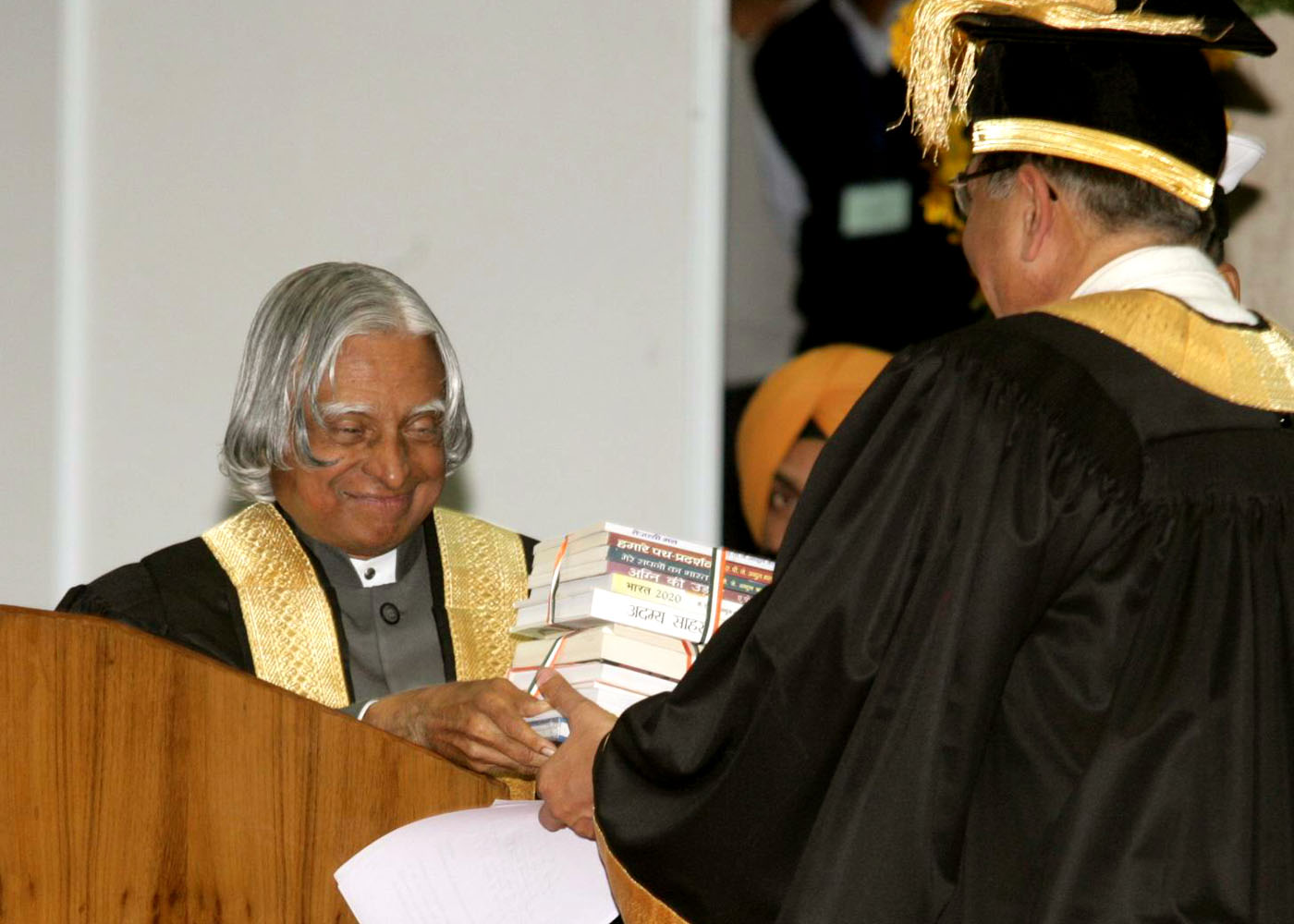

National Prosperity Index
While we are happy that our economy is in the ascent phase and our GDP is growing at nearly 9% per annum, it is evident that the economic growth is not fully reflected in the quality of life of large number of people, particularly in the rural areas and even in urban areas. Hence, we have evolved what is called ?National Prosperity Index (NPI)? which is a summation of (a) Annual growth rate of GDP; plus (b) improvement in quality of life of the people, particularly those living below poverty line plus (c) the adoption of value system derived from our civilizational heritage in every walk of life which is unique to India. That is NPI=a+b+c. Particularly, ?b? is a function of availability of housing, good water, nutrition, proper sanitation, quality education, quality healthcare and employment potential. ?c? is a function of promoting joint family system, creation of a spirit of working together, leading a righteous way of life, removing social inequities, and above all promoting a conflict free, harmonious society. All our efforts in improving the national economic performance should be guided by the measured National Prosperity Index of the nation at any point of time.
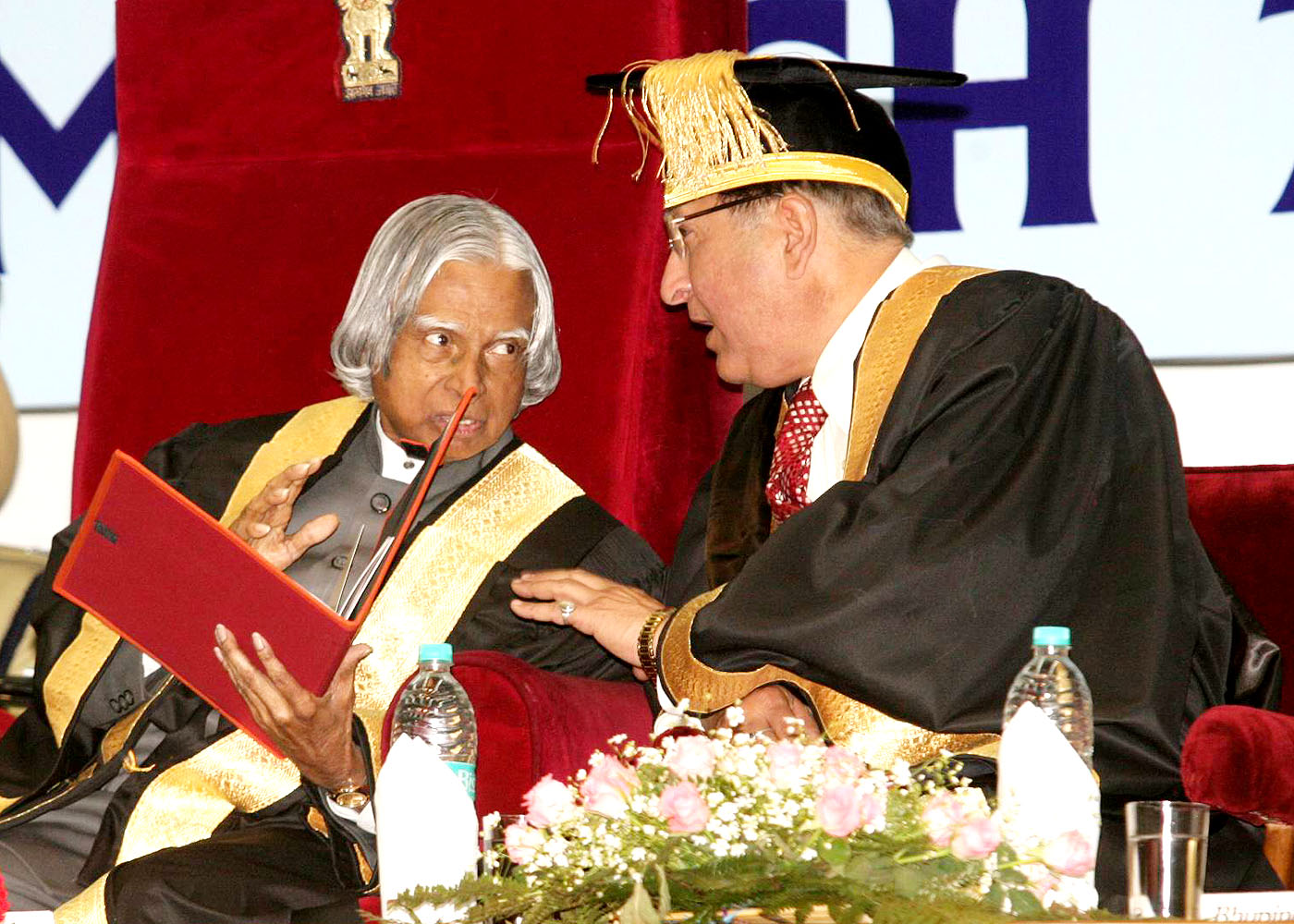
Improvement in the GDP is no doubt an important factor for the prosperity, though it is not the only factor. Progressive reduction in the number of people living below poverty line leading to near zero by 2020, increase in quality of life of all citizens in terms of food, shelter, water, energy, infrastructure, education and health will be major indicators of the growth of (b). Efficient, receptive and transparent system of governance, peace in families and communities, reduction in corruption index, reduction in court cases, reduction in violence against children and women and reduction in communal tensions will all decide the growth of (c). Hence the NPI is the resultant of overall prosperity derived from the implementation of all the three factors (NPI = a+b+c). We need to discuss the various elements of NPI, which is truly reflective of the targets for NPI, and periodically review them for improvement.
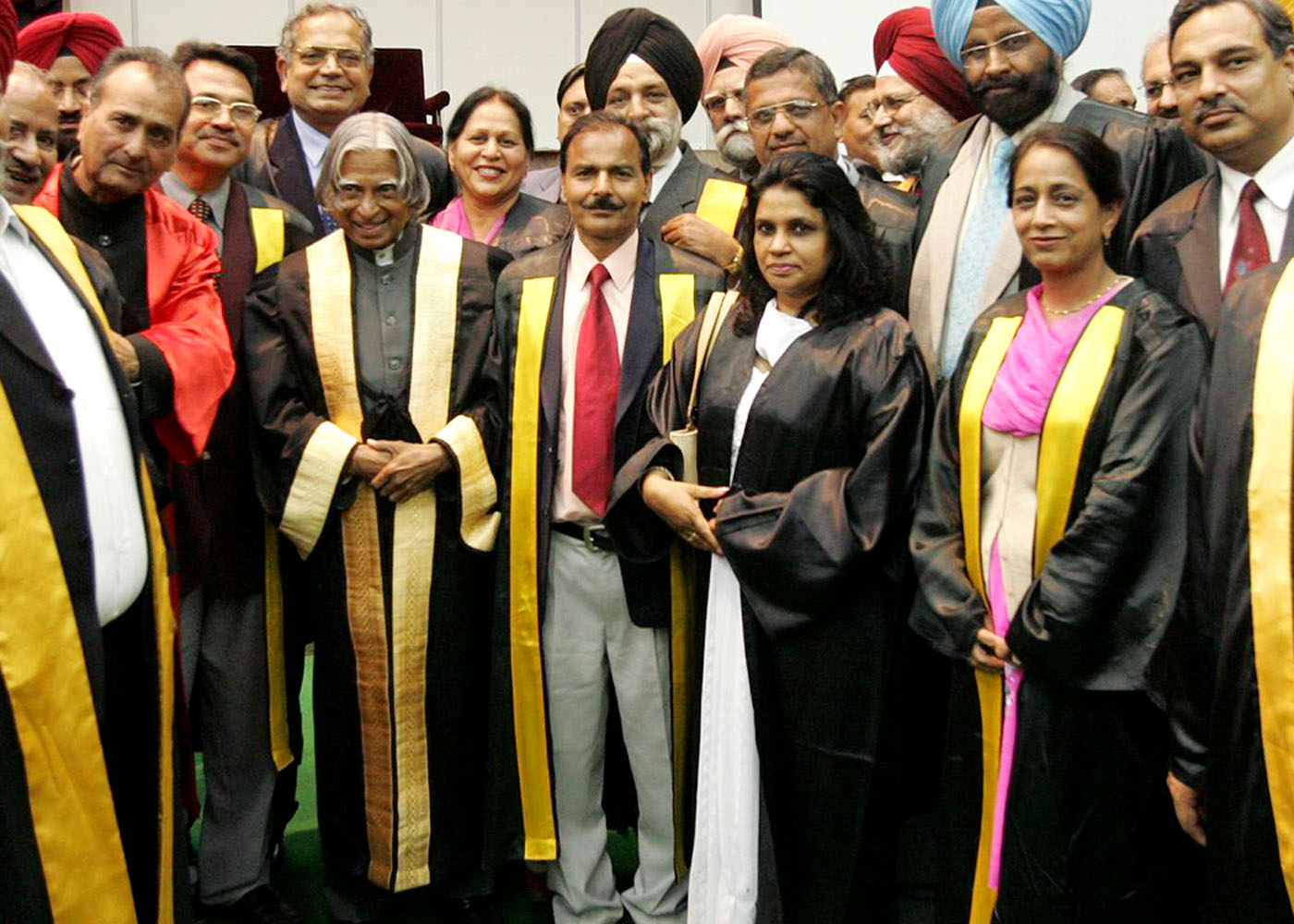
Since the academic community of Panjab University is research and teaching oriented, the thoughts on NPI can be further developed in the form of an equation defining and expanding the contents and relationship among multiple elements as discussed. Now, I would like to discuss about evolution of conflict free human life. Is it possible? Let us start from the Origin of Life.
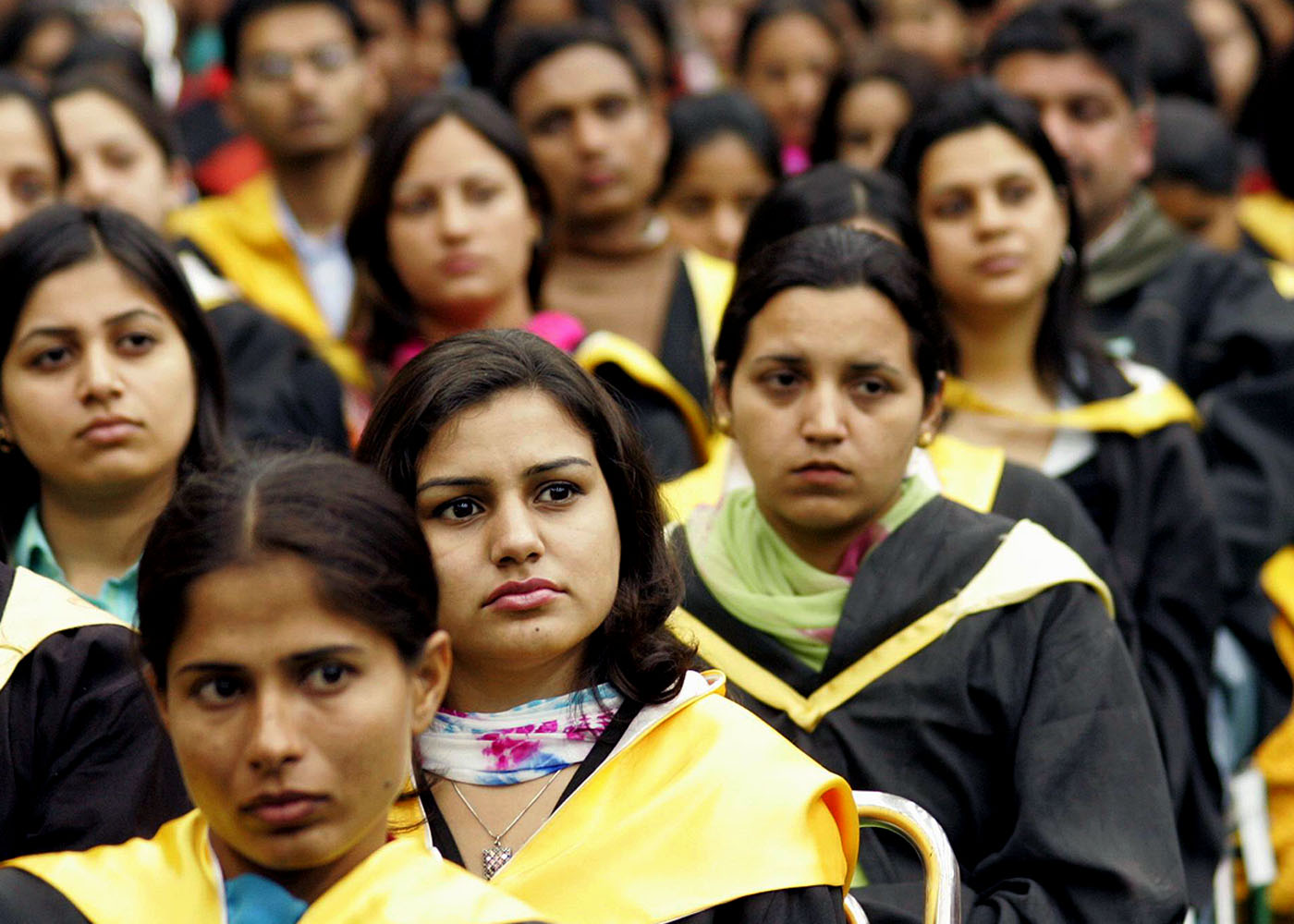

Origin of Life
Ancient human history has been revealed beautifully by Paleo-anthro-pology. Life originated in this globe 600 million years ago and continental drift occurred 200 million years ago making our one land into five continents. Mammals evolved 140 million years ago, Hominid (human type) evolved 26 million years ago but the modern man only some 200,000 years ago. That too he emigrated and colonized the rest of the world only since 50,000 years. Spoken language was some 10,000 years old while written only a few thousand years old. All the phenomenal progress of Man was thus only within this short span of 400 -200 generations (i.e., 10,000 -5,000 years). So far human society from origin until now has always been at war within and between groups and has led to two World Wars and two limited wars recently. Presently, terrorism and low intensity warfare are affecting many parts of the world. In this context, is it possible to have a happy, prosperous and safe planet earth?
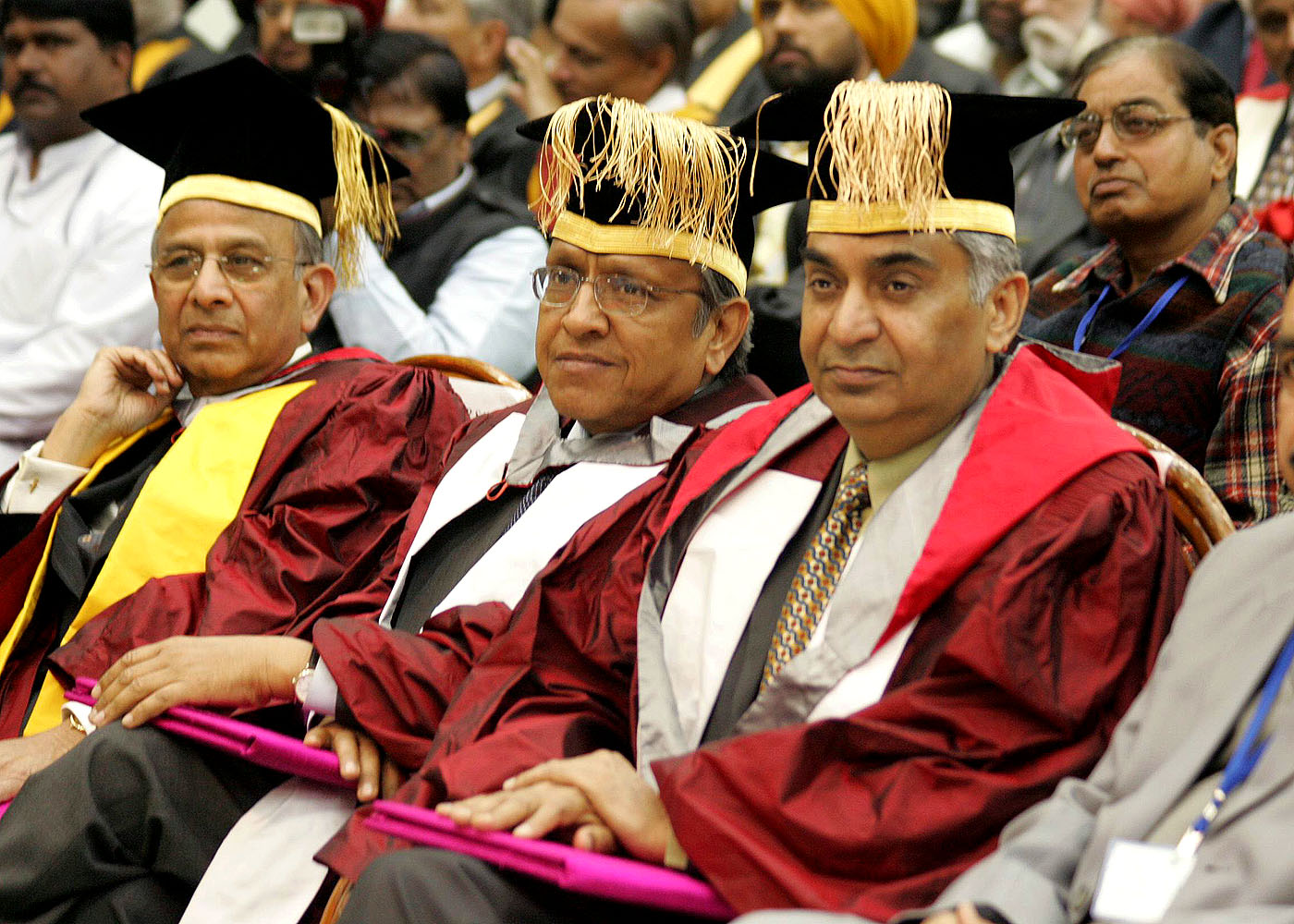

Evolution of enlightened citizens
Dear friends, I know you are all concerned how do we bring peace to the world, can terrorism be eliminated? Is it possible to aim at a peaceful, prosperous, happy and safe planet? YES. I am putting forth this thought to the multi-disciplinary gathering of researchers, graduate members and academicians, so that during their career, they can contribute in the evolution of enlightened citizens. How do we create such an enlightened society, which has three components (a) Education with value system (b) Religion transforming into spirituality and (c) Economic development for societal transformation? Let us discuss.
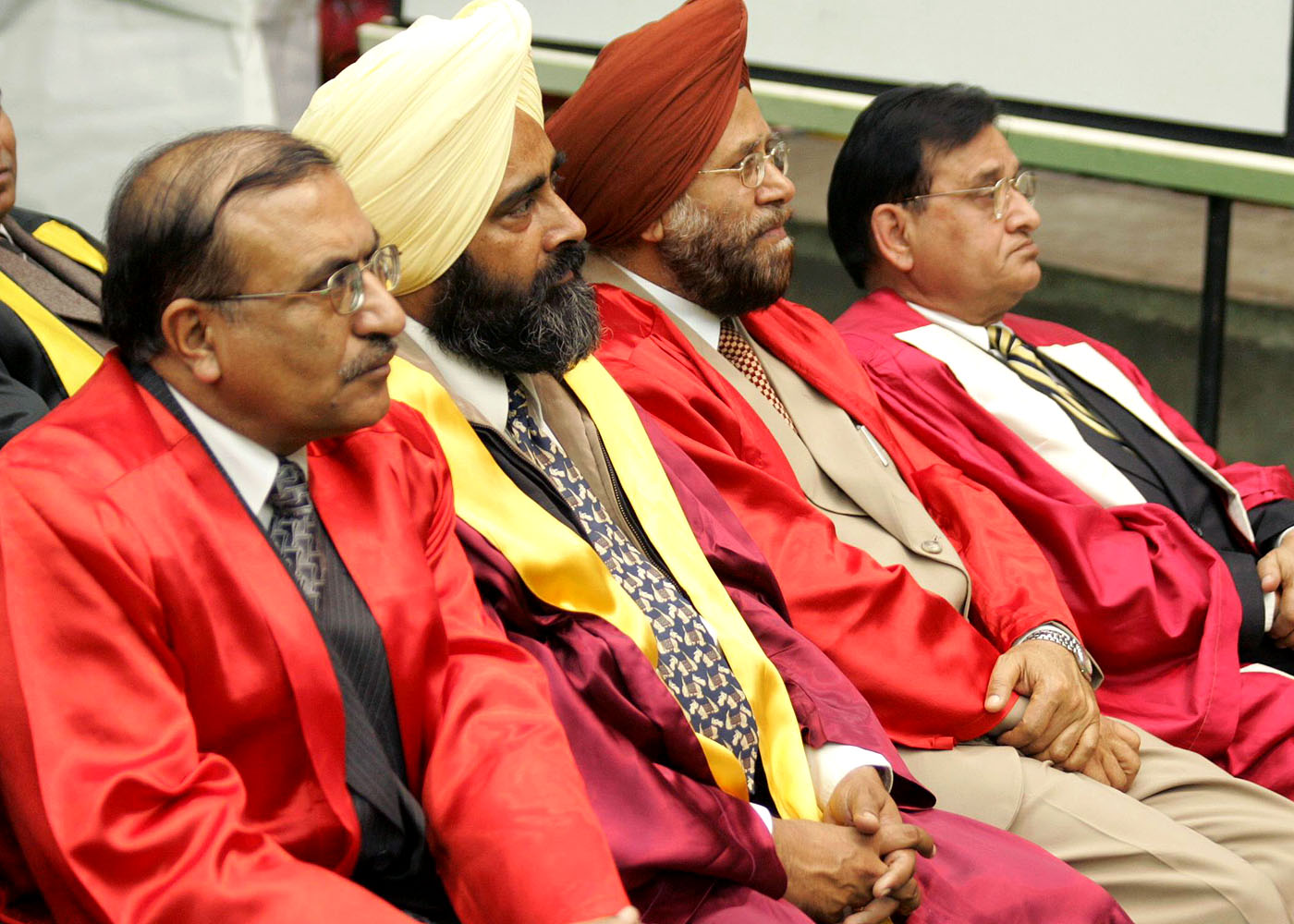
(a) Education with value system: The best part for a person is his or her childhood and the learning period in school. The prime learning environment is five to seventeen years of age. Of course, at home, love and affection are imparted. But again most of the time in a day is spent in preparing school's homework and study, eat, play and sleep. Hence the school hours for children are the best time for learning and need the best of environment and mission oriented learning with value system. During this stage, they need value based education in school and at home for them to become good citizens. This reminds me the echo from a great teacher's saying, "give me a child for seven years. Afterwards, let the God or devil take the child. They cannot change the child." This indicates the power of the great teachers. For parents and teachers, school campus and home have to have an integrated mission that is education with value system. They must inculcate moral leadership amongst children which involves two aspects. First it requires the ability to have compelling and powerful dreams or visions of human betterment, a state of things in which human beings could be better off in the future than they are now. Secondly, moral leadership requires a disposition to do the right thing and influence others also to do the right thing. If the child misses the value based education in the school, no government or society can establish a transparent society or a society with integrity. During this period, it is essential to elevate the young minds through a moral science class at least for one hour each week, delivered by great teachers. That will elevate the young minds to love the country, to love other human beings and elevate the young to higher planes. Throughout the world in every school till the age of 17, it is essential that moral science is taught. Such enlightened individuals will definitely promote peace and harmony in the planet. Now, I would like to share an experience that I have witnessed regarding religion transforming into a dynamic spiritual force.
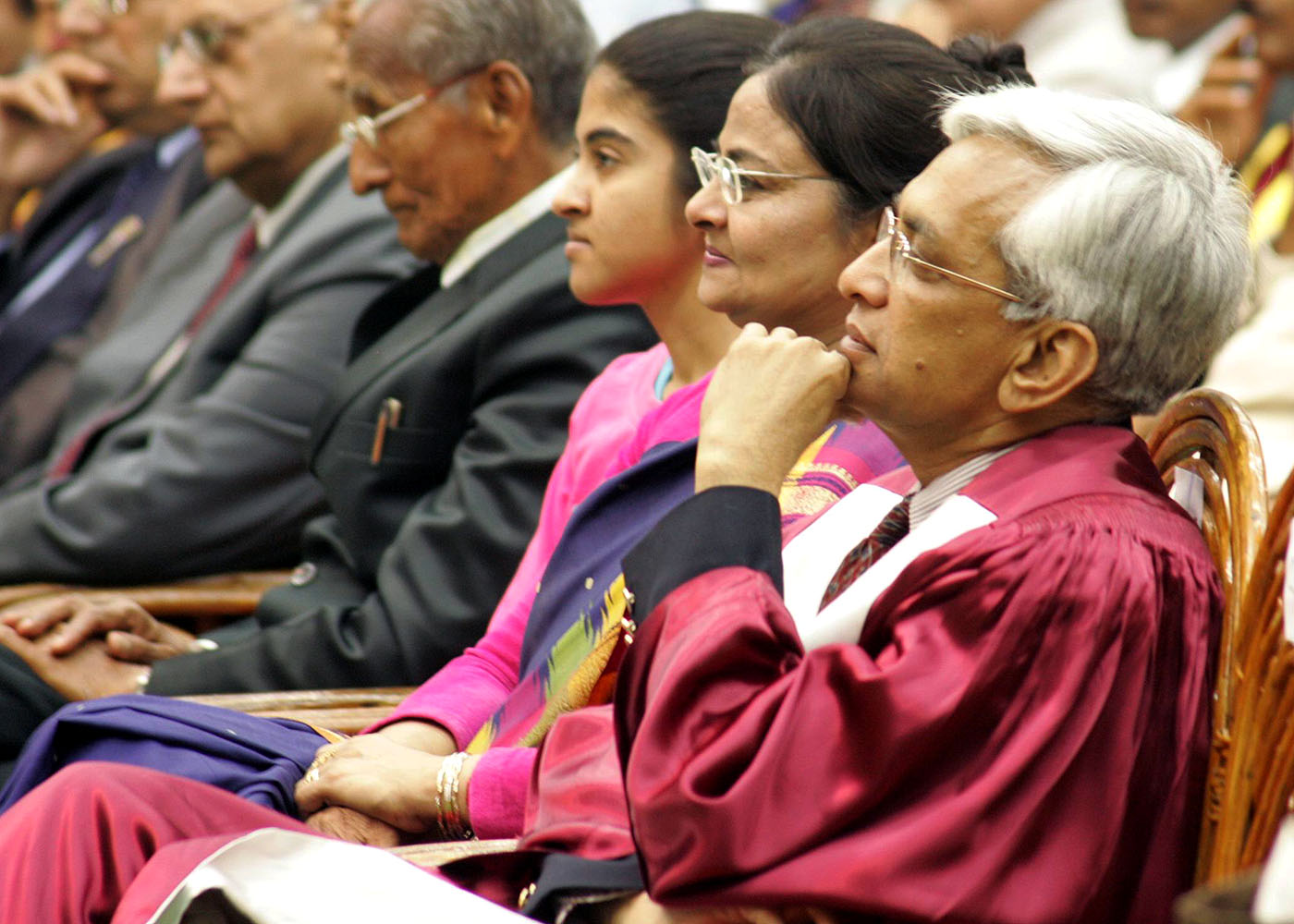
(b) Religion Transforming into Spirituality: Universal Mind
I would like to recall an incident, which happened four decades ago. Prof Vikram Sarabhai is the visionary of space programme in India. He is well known for his cosmic ray research area that led to evolving the space research programme for the nation. Prof Vikram Sarabhai was looking for a site to establish space research station in the equatorial region. He visited a number of places. The scientific community for space research selected Thumba in Kerala as it was near the equatorial region and was ideally suited for ionospheric research in upper atmosphere apart from study of atmospheric structure. When Prof Vikram Sarabhai visited Thumba, the locality had series of villages and thousands of fishermen folk were living in that area. It also had a beautiful ancient church, St Mary Magdalene Church, Pallithura and a Bishop's House. Prof Vikram Sarabhai met many politicians and bureaucrats to get the place for the work of space science research. It did not move further because the nature of the place. He was asked to see the Bishop of Trivandrum, at that time in 1962, Rev Father Dr Peter Bernard Pereira. It was a Saturday when Prof Vikram Sarabhai met the Bishop. The Bishop smiled and asked him to meet him the next day, ie Sunday. In the morning after the Church Service, the Bishop told the congregation, "my children, I have a famous scientist with me who wants our church and the place I live for the work of space science research. Dear children, science seeks truth by reasoning. In one way, science and spiritualism seek the same divine blessings for doing good for the people. My children, can we give the God's abode for a scientific mission?" There was a chorus of 'Amen' from the congregation and the whole church reverberated. Subsequently, the big event took place in 1962. Rev Dr Peter Bernard Pereira, the Bishop of Trivandrum, took the noble decision to dedicate the church in recognition of the national goal for the establishment of the Indian Space Research Organisation at Pallithura, Thumba. That was the church where we had our design centre, started rocket assembly, design of filament winding machine for FRP product and the Bishop's house was our scientists' place. Later, the Thumba Equatorial Rocket Launching Station (TERLS) led to the establishment of Vikram Sarabhai Space Centre (VSSC) and multiple space centres throughout the country.
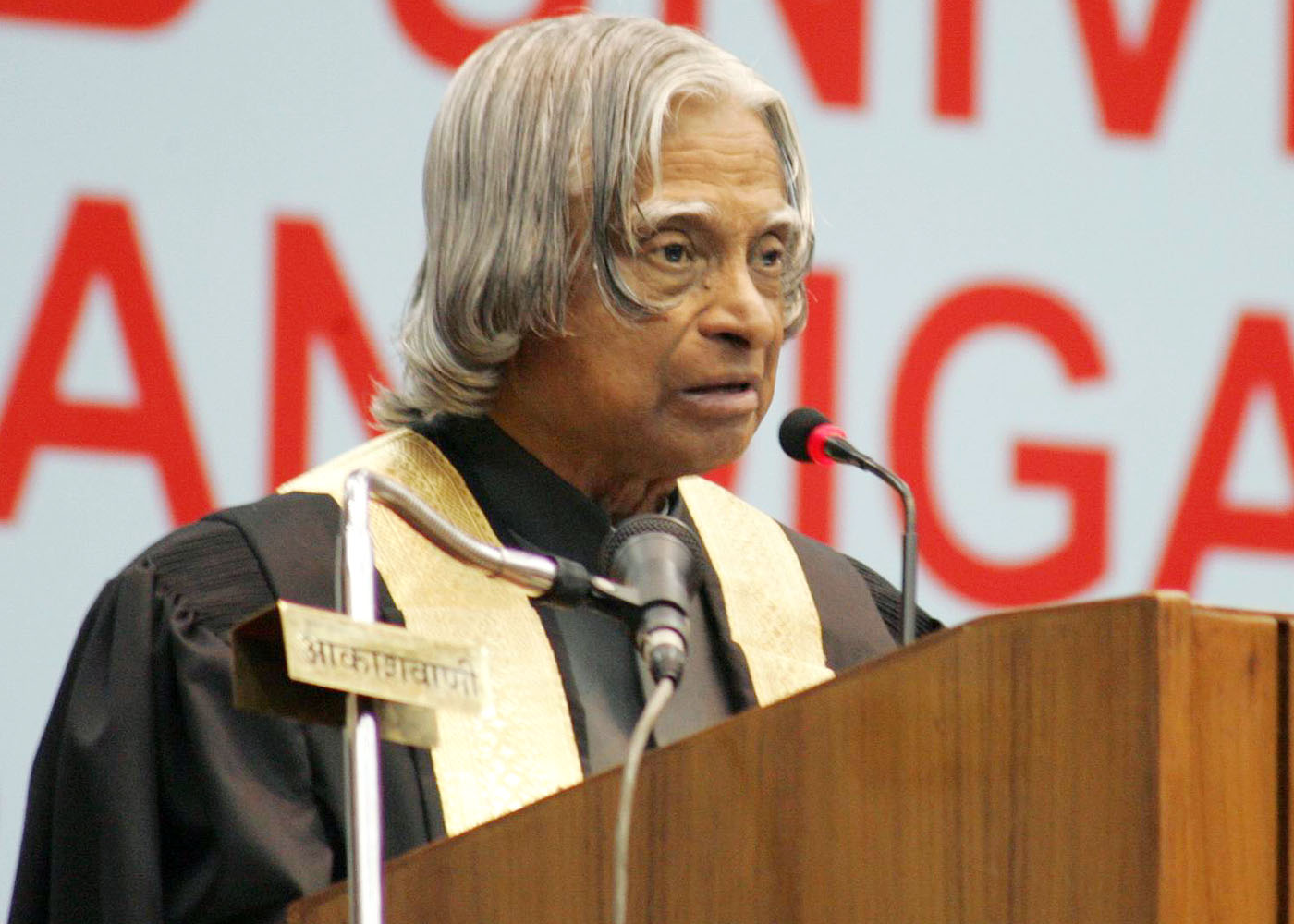
When I think of this event, I can see how enlightened spiritual and scientific leaders; all converge towards giving reverence to the human life. New church and new schools were established in record time. Of course the birth of TERLS and then VSSC gave the country the capability of design, development and produce world class huge rocket system and subsequently, India has the capability of launching geo-synchronous, sun-synchronous and meteorology spacecraft, communication satellite, remote sensing satellite thereby provided fast communication, weather forecasting and also locate water resources for the country. Today, among us, Prof Vikram Sarabhai is not there, Rev Dr Peter Bernard Pereira is not there, but those who are responsible for creation and make the flower blossom will themselves be a different kind of a flower as described in the Bhagwat Gita: "See the flower, how generously it distributes perfume and honey. It gives to all, gives freely of its love. When its work is done, it falls away quietly. Try to be like the flower, unassuming despite all its qualities". What a beautiful message for all generation of this nation, on integration of minds and universal mind. No where in the world a church has been given for scientific research, it has happened in India. It is a great message to be spread. The message is, the best component of the religion can be transformed into a spiritual force that will shape the society. Let me now discuss with you the third component of the enlightened society for transforming the developing nation into a developed nation through achieving economic prosperity, so that large societal imbalances can be removed. In this connection, let me take an example of India, which has one sixth of the global population.
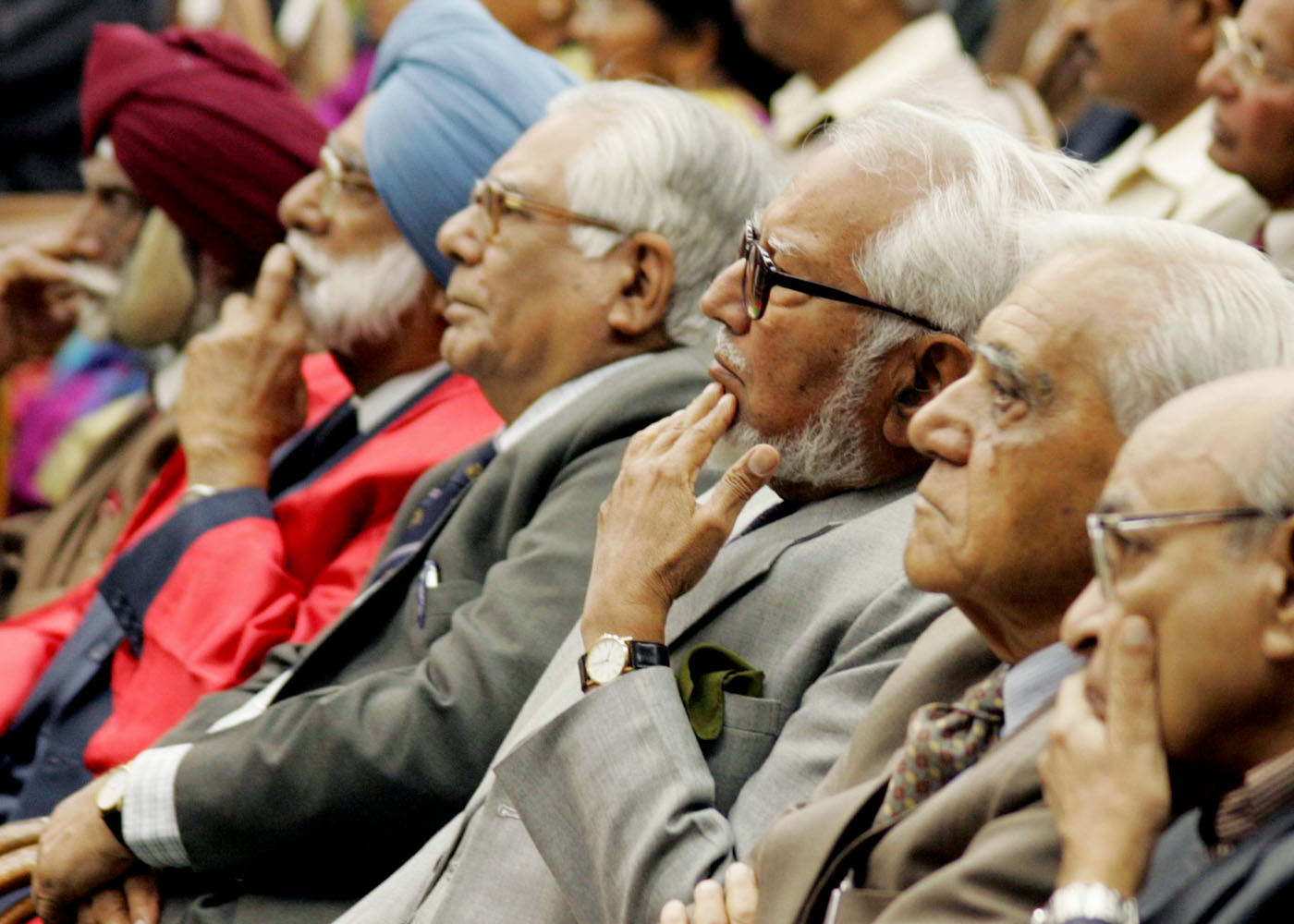
(c) Transforming our nation into a economically developed nation
We have a population of over one billion people of which 220 million are still living below the poverty line. They need education, they need habitat, they need health care, and creation of employment potential. To meet their needs we have the second vision of transforming India into a developed nation by the year 2020. We have identified five areas where India has a core competence for integrated action: (1) Agriculture and food processing (2) Education and Healthcare (3) Information and Communication Technology (4) Infrastructure development such as power, transportation, communication and including Providing Urban Amenities in Rural Areas (PURA) network and (5) Self reliance in critical technologies. These five areas are closely inter-related and if implemented in a coordinated way, will lead to food, and economic security, and national security. A strong partnership among the R&D, academy, industry and the community as a whole with the Government departments will be essential to accomplish the vision for a developed India. Indian GDP is growing at an average rate of 8% p.a. whereas the economists suggest that to remove the poverty of 220 million people, we have to grow at the rate of 10% p.a. consistently for over a decade. One of the components through which the rural-urban divide will be bridged and prosperity will be brought to the seven hundred million people living in six hundred thousand villages is Providing Urban Amenities in Rural Areas (PURA) in seven thousand clusters.
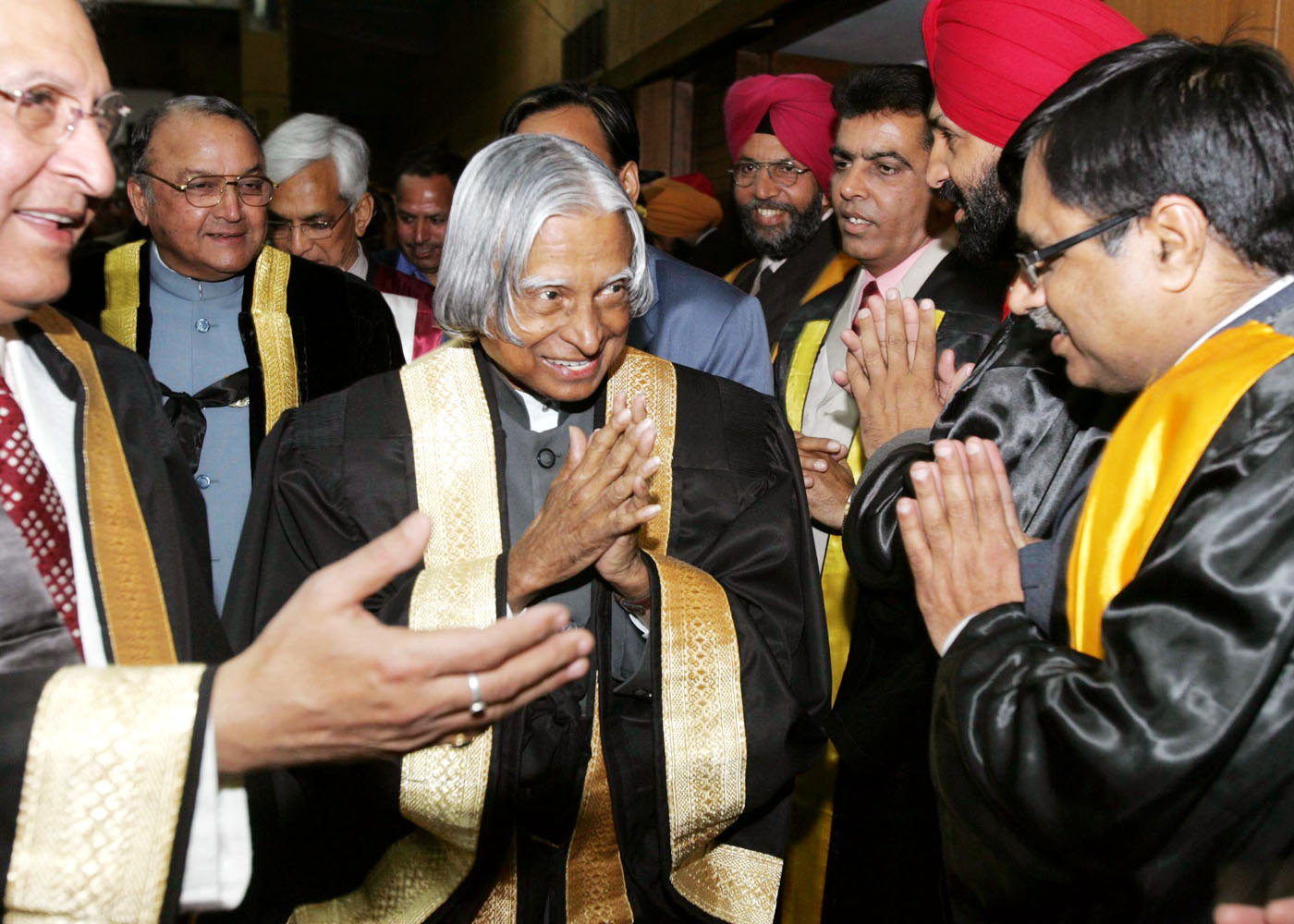
The University system should build the capacity among the students to work in the creation and management of PURA clusters and various PURA components in the rural and semi-urban areas. With the experience of Panjab University in conducting PG diploma courses in health, family welfare, environmental science and population education, the university can definitely introduce inter-disciplinary courses which will provide the quality human resource for creation and maintenance of PURAs in Punjab which will lead to enhancement of the quality of life of people living in the rural areas.
Now, I would like to talk about the importance of inter-disciplinary research for capacity building among students.

Inter disciplinary research
In addition to the above, the University system can introduce the students on societal missions such as removal of illiteracy in the rural areas, promoting social values in the neighbouring villages, counseling the people in the villages for leading a good life free from any form of addiction and gambling. They can also work for removing the social problems such as crime against women and children, dowry, child labour, and support to elderly people, through debate and discussions with the people in adopted villages by the University and affiliated colleges. The students can also be introduced for providing help to the differently abled people and persuading the parents about the necessity of immunization and post-natal care to the mother and the child which is essential for bringing down the MMR and IMR in our country. These integrated actions by the University with the active participation of students and the faculty members will create awareness among the students about the national problems even before they enter into their professional career. The University has over 56 teaching and research departments with core competence in biotechnology and in corporate management. The aim should be to bring out the importance of each department and the specific contribution they can make in making a difference in the life of the people. For example, students from environmental sciences could suggest to the people methods by which they can upgrade their environment and live in a pollution free atmosphere by using renewable energy to the maximum extent possible, conversion of waste into energy, recycling of water, using green materials for construction having minimum embodied energy. You can see how environmental scientists can bring the importance of energy specialists, water specialists, construction specialists and waste management specialists. This type of inter-disciplinary working will enable the students in facing the economic, social and cultural problems of the society with higher level of confidence and promote respect for multiple disciplines.

Conclusion
Since I am in the midst of academic and research community, I thought of sharing with you an incident about Sir CV Raman ? a Nobel Laureate in Physics for discovering Raman Effect. Raman gives the view that the color of sky is blue due to molecular diffraction, which determines the observed luminosity, and in great measures also its color. This led to the birth of the Raman Effect. Raman was in the first group of Bharat Ratna awardees. The award ceremony was to take place in the last week of January, soon after the Republic Day celebrations of 1954. The then President Dr. Rajendra Prasad wrote to Raman inviting him to be the personal guest in the Rashtrapati Bhavan to receive the award. Sir CV Raman wrote a polite letter, regretting his inability to attend. Raman had a noble reason for his inability to attend the investiture ceremony. He explained to the President that he was guiding a Ph.D. student and that the thesis was positively due by the last day of January. The student was valiantly trying to wrap it all up and Raman felt, he had to be by the side of the research student and see that the thesis was finished, sign the thesis as the guide and then have it submitted. Here was a scientist who gave up the pomp of a glittering ceremony associated with the highest honour, because he felt that his duty required him to be by the side of the student. It is this unique trait of giving value to research that promotes research. I am sure, all the members of Panjab University will emulate this example in their academic and research pursuit.
Once again let me congratulate all the graduating students and my best wishes to all the members of Panjab University community for success in the mission of developing quality human resources needed for improving the National Prosperity Index of India.
May God bless you.

Seven Point Oath
1. I realize, I have to set a goal in my life. To achieve the goal, I will acquire the knowledge, I will work hard, and when the problem occurs, I have to defeat the problem and succeed.
2. As a youth of my nation, I will work and work with courage to achieve success in all my tasks and enjoy the success of others.
3. I shall always keep myself, my home, my surroundings, neighbourhood and environment clean and tidy.
4. I realize righteousness in the heart leads to beauty in the character, beauty in the character brings harmony in the home, harmony in the home leads to order in the nation and order in the nation leads to peace in the world.
5. I will lead an honest life free from all corruption and will set an example for others to adopt a righteous way of life.
6. I will light the lamp of knowledge in the nation and ensure that it remains lit for ever.
7. I realize, whatever work I do if I do the best, I am contributing towards realizing the vision of developed India before 2020.
<<Back
|
|